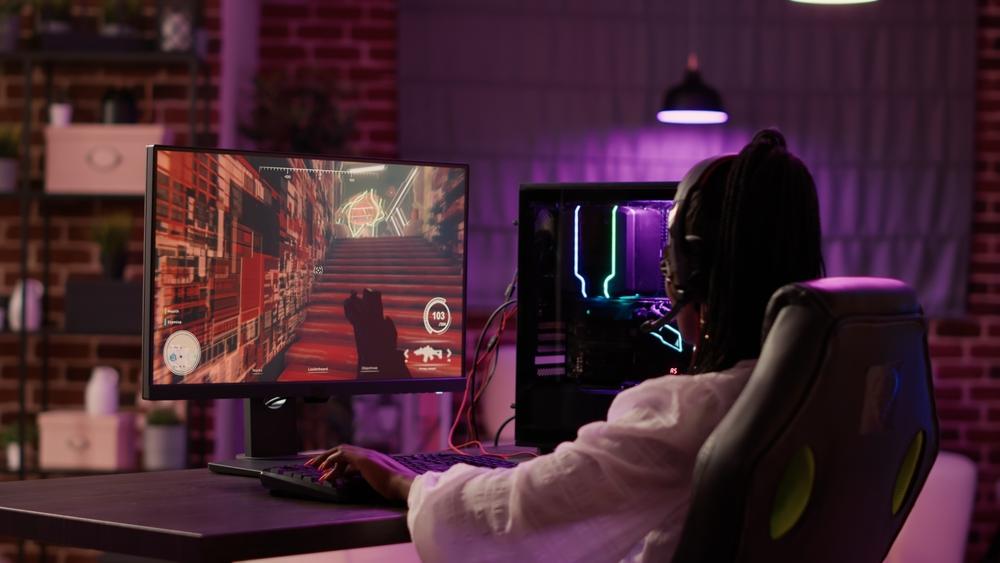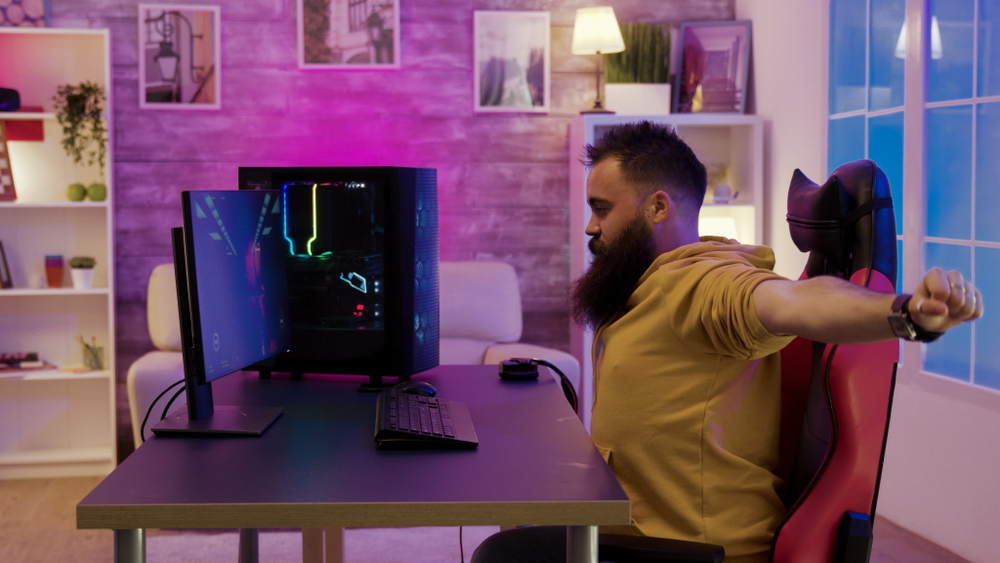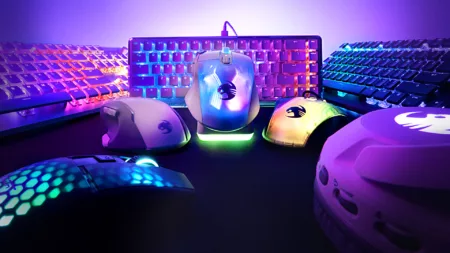Doctors who study human skeletal and muscular systems have long said that most people could benefit from improving their posture. However, posture problems can be especially troublesome for gamers (unless you only play DDR) because most gaming happens while you sit. Add that to the many hours that many people already spend sitting at a desk for work, and you’ll start to understand why bad posture can leave gamers hurting.

Don’t fret — good gaming posture doesn’t mean you have to trade your comfy gaming chair for an exercise ball. By implementing some relatively simple modifications in your gaming setup and making some tweaks to how you game, you can help yourself avoid some serious pain in the future.
Note: This is an introduction to the basics of good gaming posture, not medical advice. See a medical professional if you’re experiencing persistent or severe pain.
- Take your wallet out of your back pocket while you game.
Let’s start with an easy one to fix. Lots of people sit with a wallet in their back pocket while gaming. Unfortunately, this has multiple negative effects, especially if you keep a lot of stuff in your wallet. Common issues from sitting on a wallet include a lopsided sitting position that can cause backaches, as well as pain in your sciatic nerve from the wallet’s pressure.
If you can, it’s much better to take your wallet out of your pocket while you sit. Put it on your desk, in a drawer, in a cabinet — wherever you feel is safe and secure. This applies to a lot more than gaming, too. Any time you’ll be sitting for a while, whether that’s a work day, a long drive, or a gaming session, removing your wallet from your back pocket is a smart move.
- Invest in a great gaming chair.
Maybe you have fond memories of playing old-school consoles on the living room floor as a kid, but face it — it’s time for something better. Fortunately, there are a zillion awesome gaming chairs out there today, most of them with features like lumbar support and headrests. Remember — it doesn’t have to be a true gaming chair, either. Any comfortable office chair is usually fine, so long as it’s built for support and good posture.
Gaming chairs aren’t just for PC gamers, either. Console gamers can level up their posture by moving from the couch to a chair! A chair will give you a degree of support that’s basically impossible to find in a couch, and possibly even more importantly, it will give you the ability to adjust your chair height for a more ergonomic angle.
- Set your desk, monitor, chair, and/or TV at the right height.
Many gamers don’t have their setups configured at the optimal height, resulting in unnecessary strain on their neck, arms, and/or shoulders. For PC gamers, adjust your gaming chair (or your desk, if it’s adjustable) to a height where your eyes naturally rest on the top third of your gaming monitor, your feet are flat on the floor, and your elbows are at a 90-degree angle when your hands are on the keyboard. (More on the joys of 90-degree angles in just a minute!)

With consoles, you want to ensure that your TV is at the right height and viewing distance. This helps prevent suboptimal habits like hunching forward or looking up or down to see your screen. The optimal height for your TV will vary based on your height, but ultimately, you want your line of sight to rest naturally at the middle of the screen. For viewing distance, you can use a mathematical formula that ultimately works out to an ideal eye-to-screen distance around three times the TV size for 1080p and below, or one and a half times for a 4k TV.
- Follow the 90-degree rule.
Keeping your body’s joints at 90-degree angles is a key technique for preventing long-term pain and posture issues. Basically, try to form a series of capital L shapes in your knees, hips, and neck-shoulder joint. That means sitting with your feet flat on the floor (or on an ergonomic footrest), back and neck straight against the chair, and (we know this is hard) no hunching your shoulders.
This style of sitting is crucial for keeping unnecessary strain off these sensitive joints and maintaining blood circulation while you’re gaming. And, yes, sitting this way feels unnatural at first to most people, but keep at it. Once your body is used to it, you’ll be amazed at how much better you feel after a gaming session!
- Take a short break at least once an hour.
No matter how good your posture is, sitting in one position for hours at a time is never optimal for your body. That’s why it’s so important to take regular breaks and incorporate some motion into your routine.
The basic idea is that, once or twice every hour, you should get up and spend five minutes on your feet. Go to the bathroom, grab a drink, feed your pet, or (best of all) do some simple stretching exercises. This is a huge help for relieving the strain that sitting places on your body and for restoring circulation to your feet and legs.

One cool thing about this tip is that it can be surprisingly helpful for your mental game during gaming sessions. Some gamers find that rather than interrupting their flow, a short break actually helps keep their brain fresh and gets them primed for victory in the next match!





